The story of the Black Hills is one of breathtaking beauty shadowed by profound loss and betrayal. Imagine towering granite spires piercing the sky, ancient forests whispering in the wind, and sacred lands that have shaped a people’s identity for generations. Now, imagine those same lands taken, treaties shattered, and a legal fight raging for over a century. The Black Hills are not just a geological marvel; they are a symbol of broken promises, resilience, and a legal battle that continues to stir emotions and debates across America. The struggle for the Black Hills is not ancient history—it is a living, evolving testament to the clash between justice and power, reverberating through courtrooms, communities, and the land itself.
The Sacred Heart of the Lakota

For the Lakota Sioux, the Black Hills—known as Paha Sapa—are the spiritual core of their world. These hills are woven into their creation stories, ceremonies, and sense of belonging. When Lakota elders speak of the Black Hills, their voices tremble with reverence, describing them as a “womb of the earth.” Here, sacred sites like Bear Butte rise above the prairie, serving as ancient gathering places for prayer and renewal. Generations have come to these hills seeking wisdom and healing. To the Lakota, the Black Hills are not just land—they are alive, pulsing with history, memory, and hope. Losing them meant more than losing property; it meant the tearing away of their spiritual lifeblood.
The 1868 Fort Laramie Treaty: A Promise Written in Ink
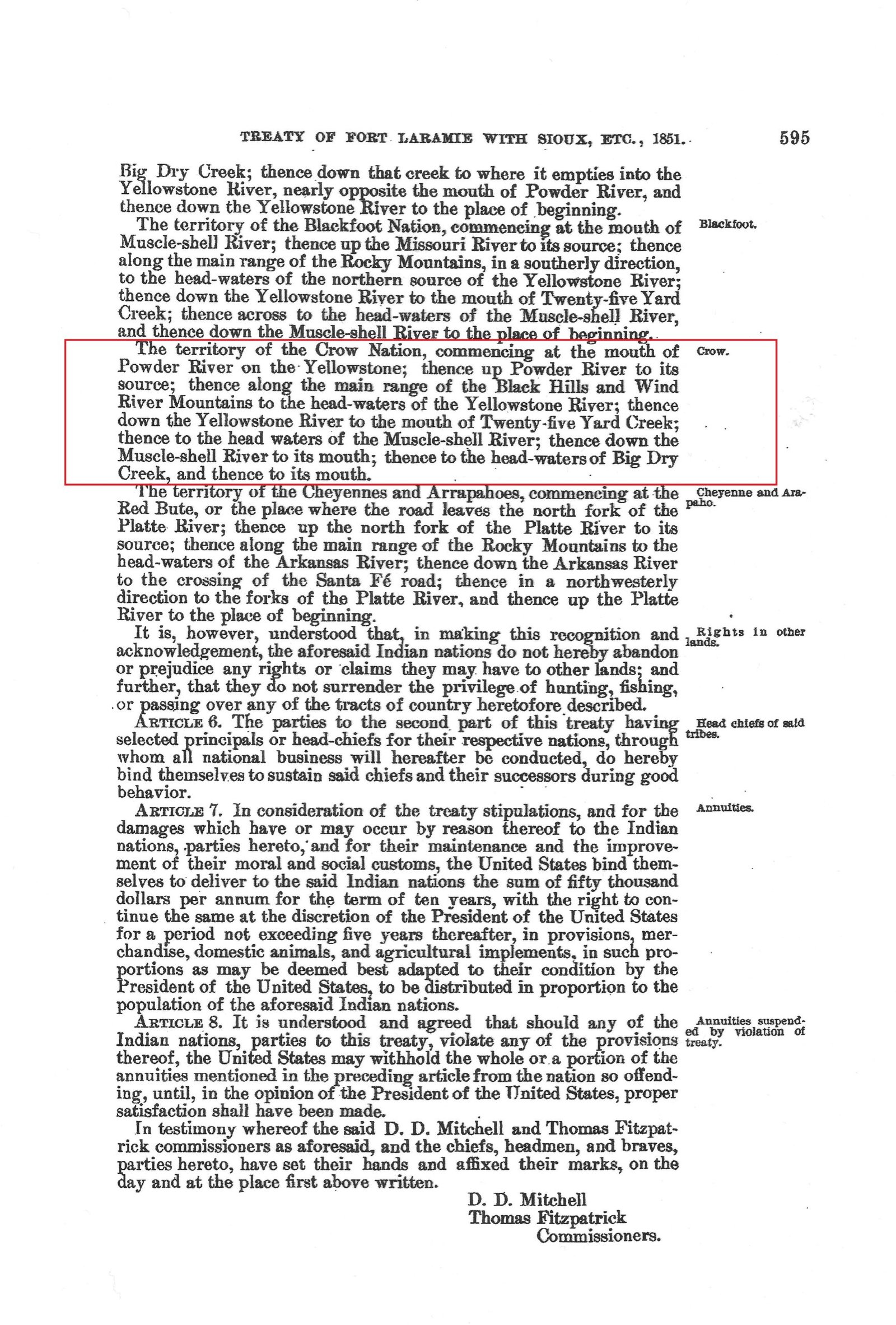
In 1868, the United States government and the Lakota Sioux sat at the negotiating table to end years of conflict. The result was the Fort Laramie Treaty, an agreement that designated the Black Hills as part of the Great Sioux Reservation—guaranteed to the tribes forever. This treaty was not just a piece of paper; it was a solemn vow, promising protection for the Lakota’s way of life. Yet, beneath the surface, tensions simmered. History tells us that treaties with Native nations were often made with one hand and broken with the other. The ink was barely dry before the promise began to unravel.
Gold Fever and the Rush to Violate Agreements
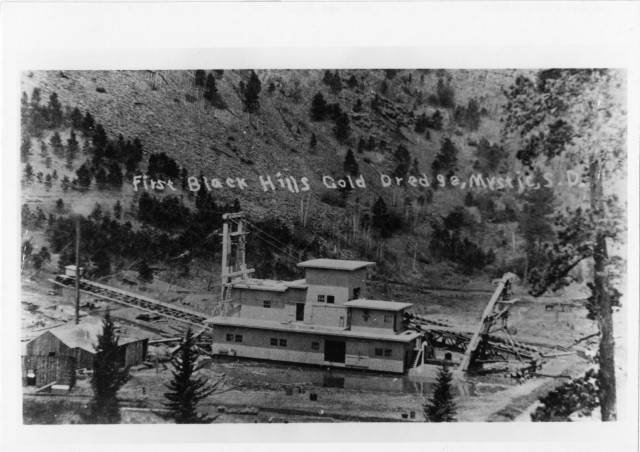
The discovery of gold in the Black Hills in 1874 sent shockwaves across the nation. Thousands of prospectors, driven by dreams of fortune, flooded into the region in defiance of the treaty. The U.S. government, instead of upholding its promise, turned a blind eye—or worse, actively encouraged the gold rush. Encampments sprang up overnight, and the hills resounded with the sounds of picks and shovels. For the Lakota, each miner was a trespasser, each shovel of earth a wound. The government’s inaction and eventual sanctioning of the invasion marked a turning point, making the treaty’s protections meaningless in practice.
Forcible Seizure and the Dawes Act
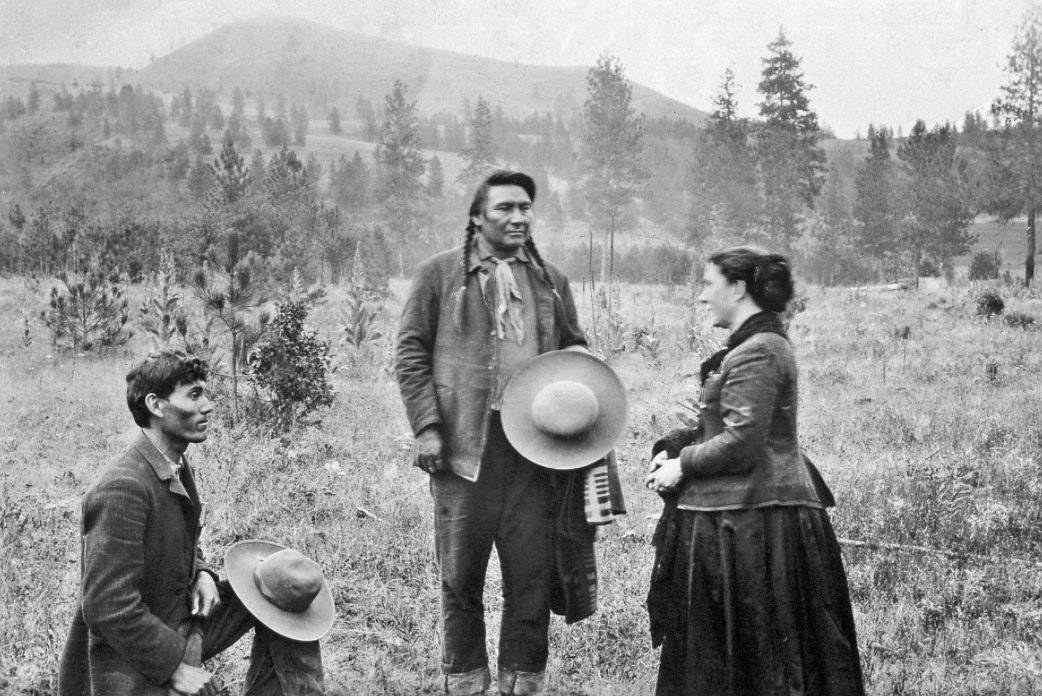
By 1877, the U.S. government had officially seized the Black Hills, passing an act of Congress to legalize what had already occurred on the ground. This act was accompanied by pressure, starvation tactics, and broken promises of food and supplies. Later, the Dawes Act of 1887 further eroded tribal lands by dividing reservations into individual plots, opening the “surplus” to non-Native settlers. The Black Hills were lost in a web of legal maneuvering and brute force. For the Lakota, the law was not a shield but a tool for dispossession, leaving scars that would last for generations.
The Legal Battle Begins: United States v. Sioux Nation

The Lakota did not accept defeat quietly. Instead, they launched a legal battle that would span almost a century. One of the most significant cases, United States v. Sioux Nation of Indians, reached the Supreme Court in 1980. The question was simple yet profound: Had the United States unlawfully taken the Black Hills in violation of the 1868 treaty? The court’s answer was a resounding yes. The justices acknowledged that the government’s actions amounted to “a rank case of dishonorable dealings.” It was a rare moment of legal clarity amid decades of confusion.
The Unwanted Settlement: Money Can’t Buy Sacred Land
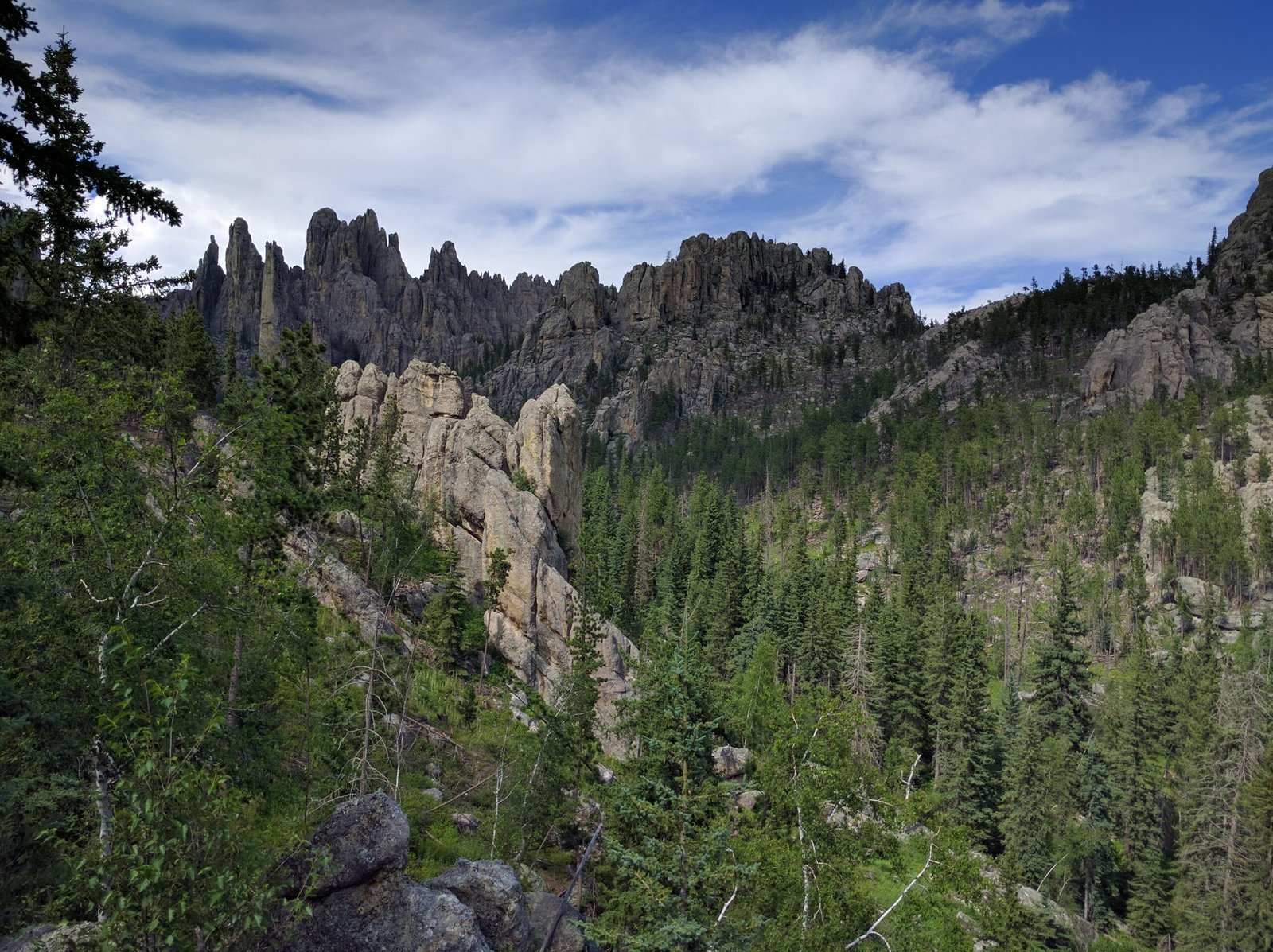
The Supreme Court awarded the Sioux Nation compensation—over $100 million, a sum that has since grown with interest to over a billion dollars. Yet, the Lakota have steadfastly refused to accept the money. For them, the Black Hills are not for sale. Accepting the settlement would mean giving up their claim to the land forever. Their refusal is a powerful act of resistance, declaring to the world that some things are beyond price. The unclaimed fund sits in a government account, a silent testament to the unresolved nature of this historic wrong.
Nature’s Laboratory: The Black Hills Ecology
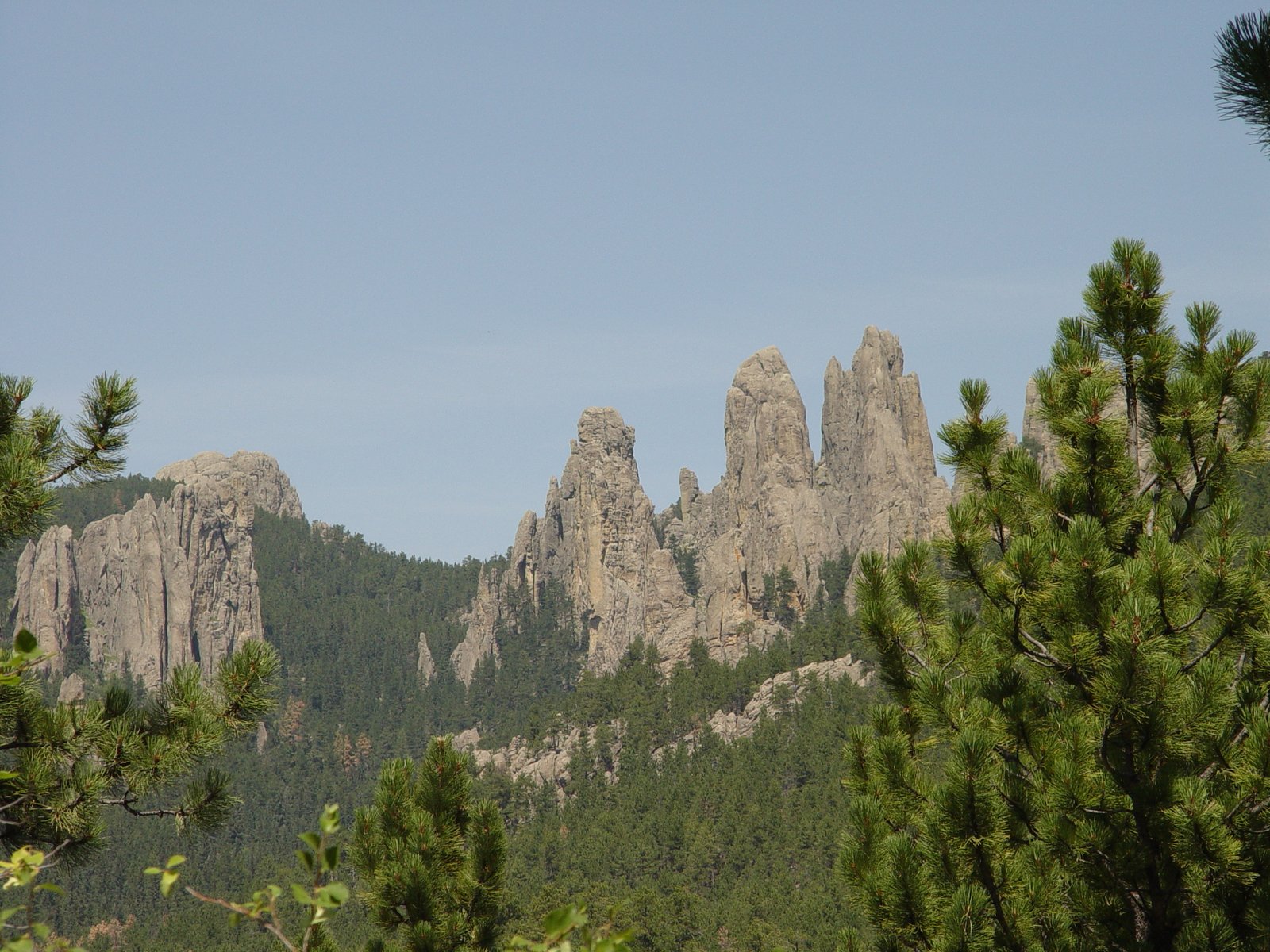
Beyond their cultural significance, the Black Hills are a scientific wonderland. Rising abruptly from the plains, they create a unique “island” ecosystem. Ponderosa pine forests blanket the hills, while wildflowers and rare orchids thrive in sheltered valleys. Wildlife from bison to mountain lions roam its wild spaces. Scientists have long marveled at the Black Hills’ biodiversity—a testament to millennia of natural evolution. Geologists study its ancient granite formations, some over a billion years old, while ecologists look to the hills as a refuge for species pushed out from surrounding lands. In every sense, the Black Hills are a living laboratory.
Mount Rushmore: A Contested Icon
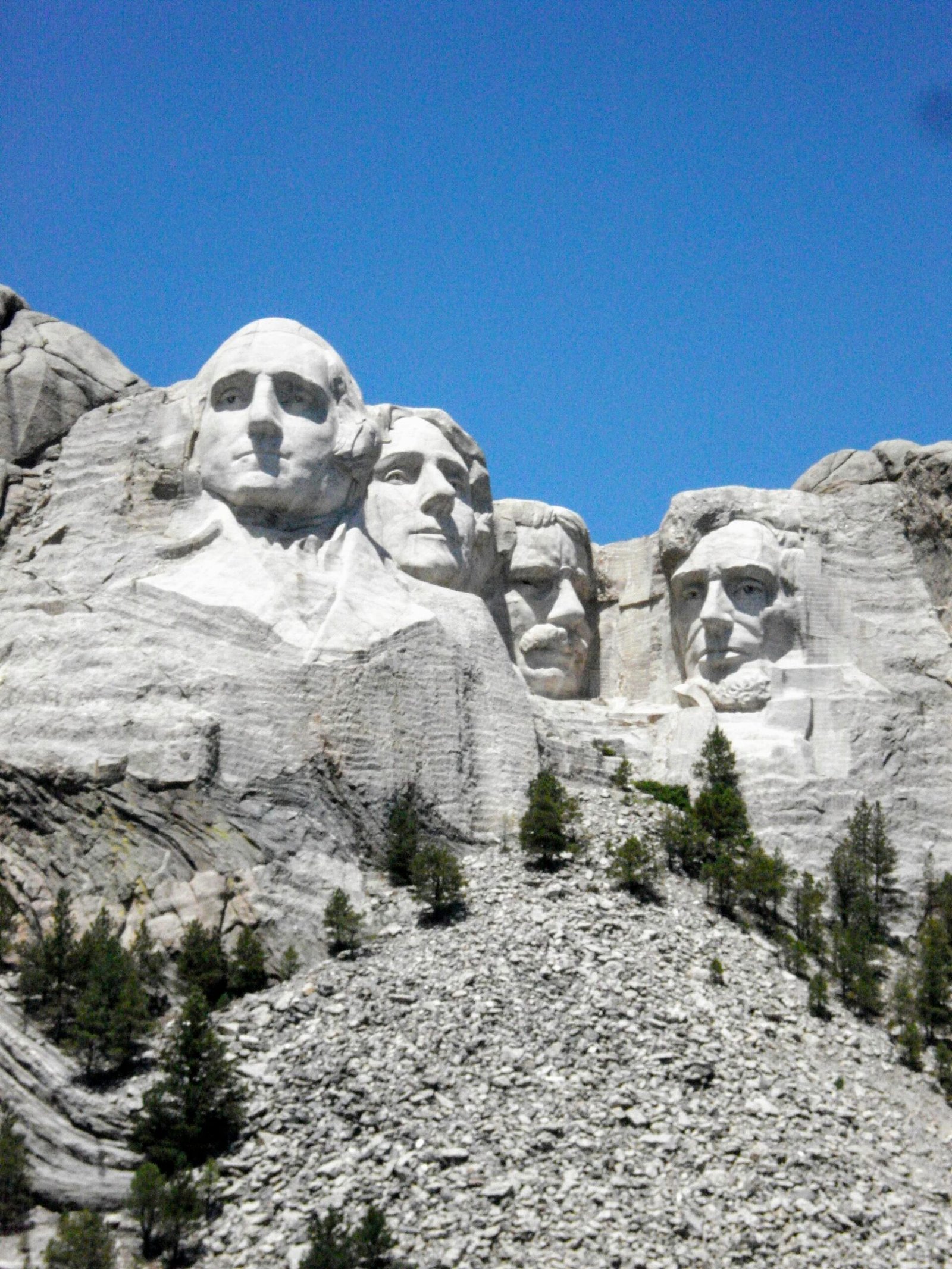
Carved into the granite face of the Black Hills, Mount Rushmore is a symbol recognized around the world. Yet, for many, it is also a reminder of deep injustice. The faces of four American presidents overlook lands taken by broken treaties. For the Lakota and other Native nations, the monument is a constant, stony reminder of erasure and loss. Debates continue to rage over the meaning of Mount Rushmore—whether it stands for national pride, or as a scar on sacred land. The monument’s story is inseparable from the larger legal and moral battle for the Black Hills.
Modern Movements and Ongoing Protests
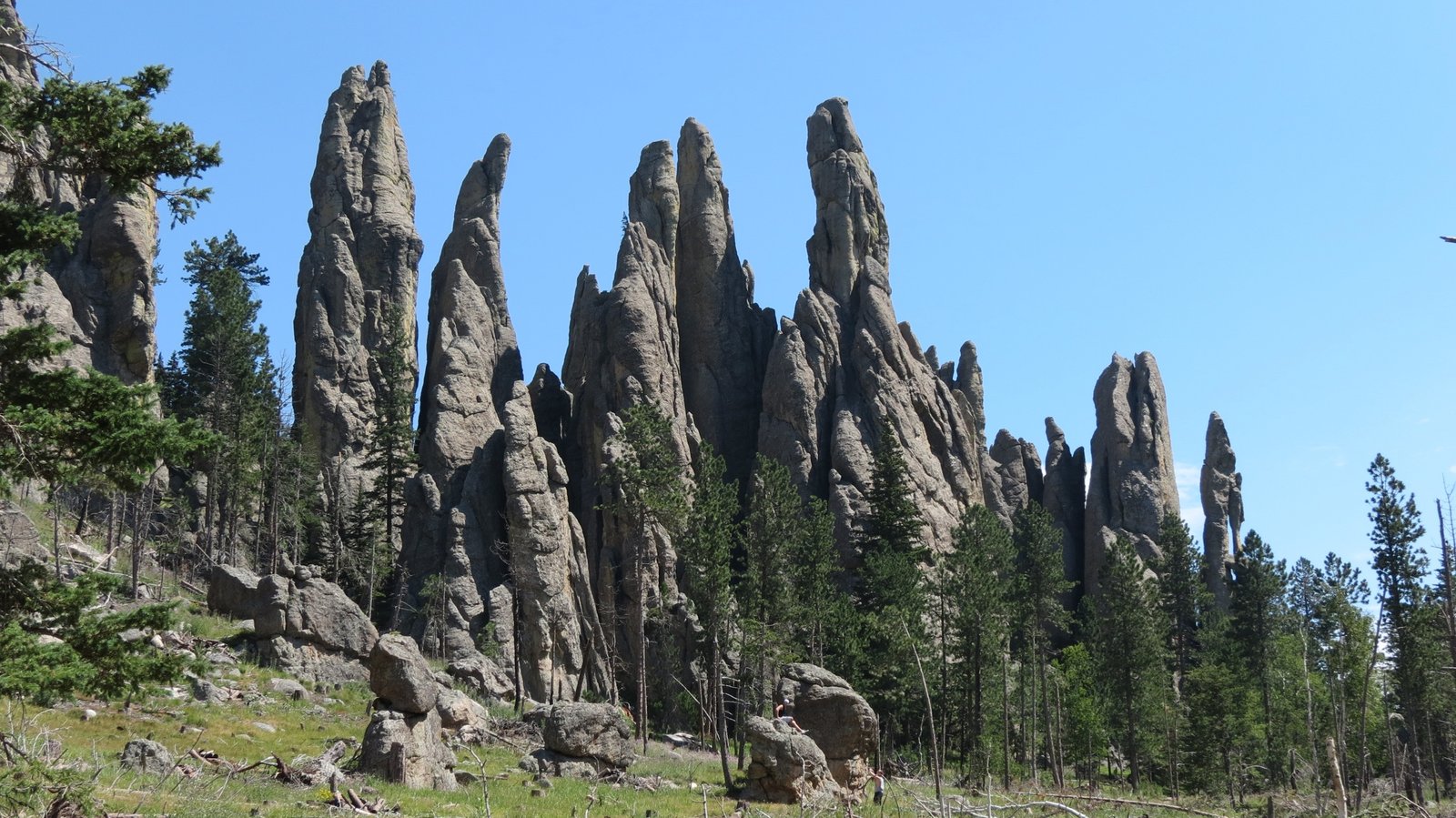
Today, the fight for the Black Hills is far from over. Activists, elders, and youth gather each year to demand the return of their sacred lands. In recent years, protests have drawn national attention, especially as issues of Indigenous rights gain new urgency. The Black Hills have become a rallying point for broader struggles—against environmental destruction, for treaty rights, and for the recognition of Native sovereignty. The legal battle now takes place not just in courts, but in marches, petitions, and the growing movement to reclaim what was lost.
Scientific Perspectives: Land, Memory, and Justice
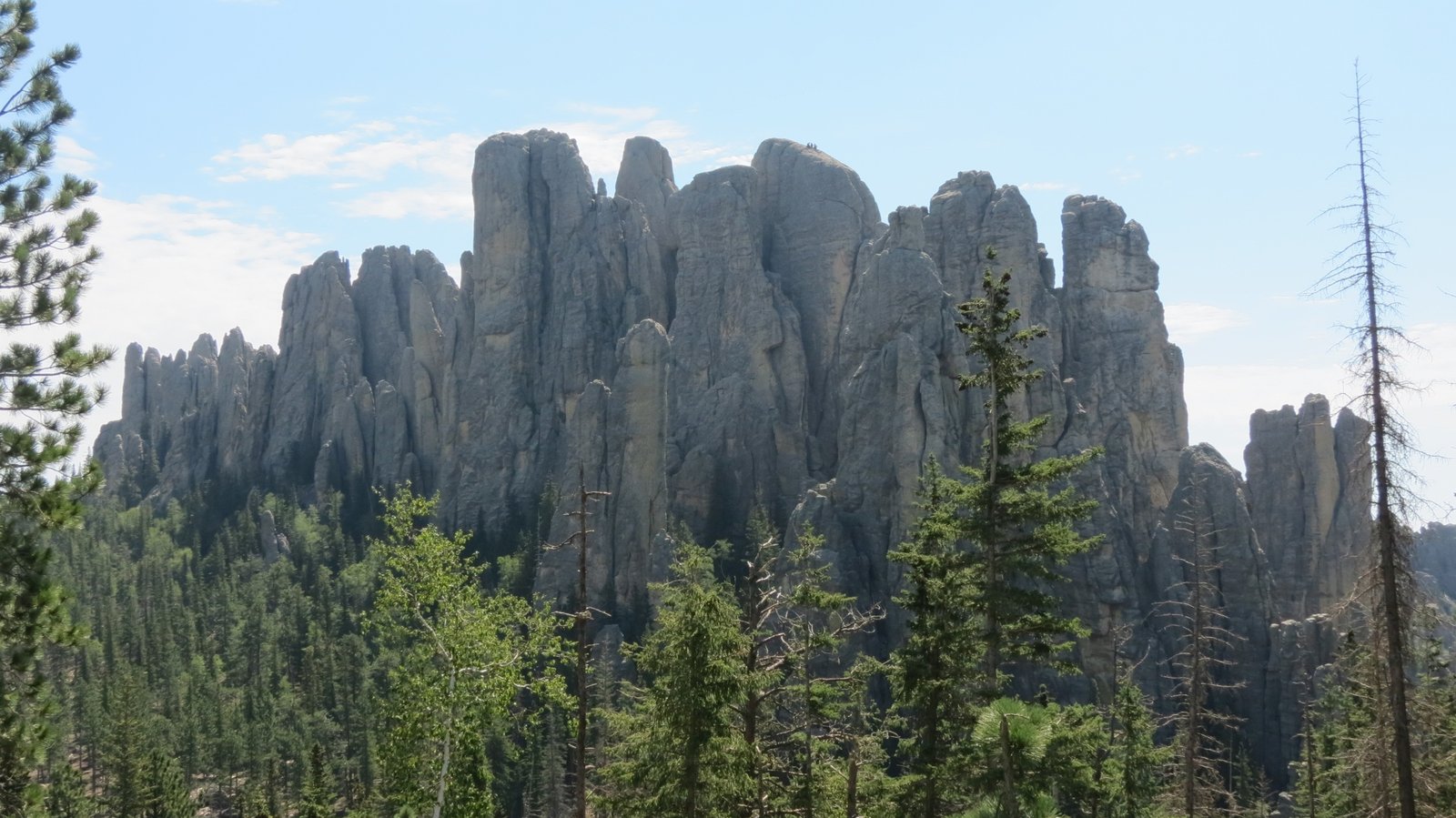
Scientists and historians alike recognize that the Black Hills’ story is more than a legal dispute. It’s a lesson in how land, memory, and justice are intertwined. Studies have shown that Indigenous stewardship often leads to healthier ecosystems, and the Black Hills are no exception. Returning lands to tribal care could restore not just cultural ties, but ecological balance. The ongoing legal fight is a test of whether a nation can face its own history and make amends—not only in words, but in actions that heal both people and the land.
The Future of the Black Hills: Unanswered Questions
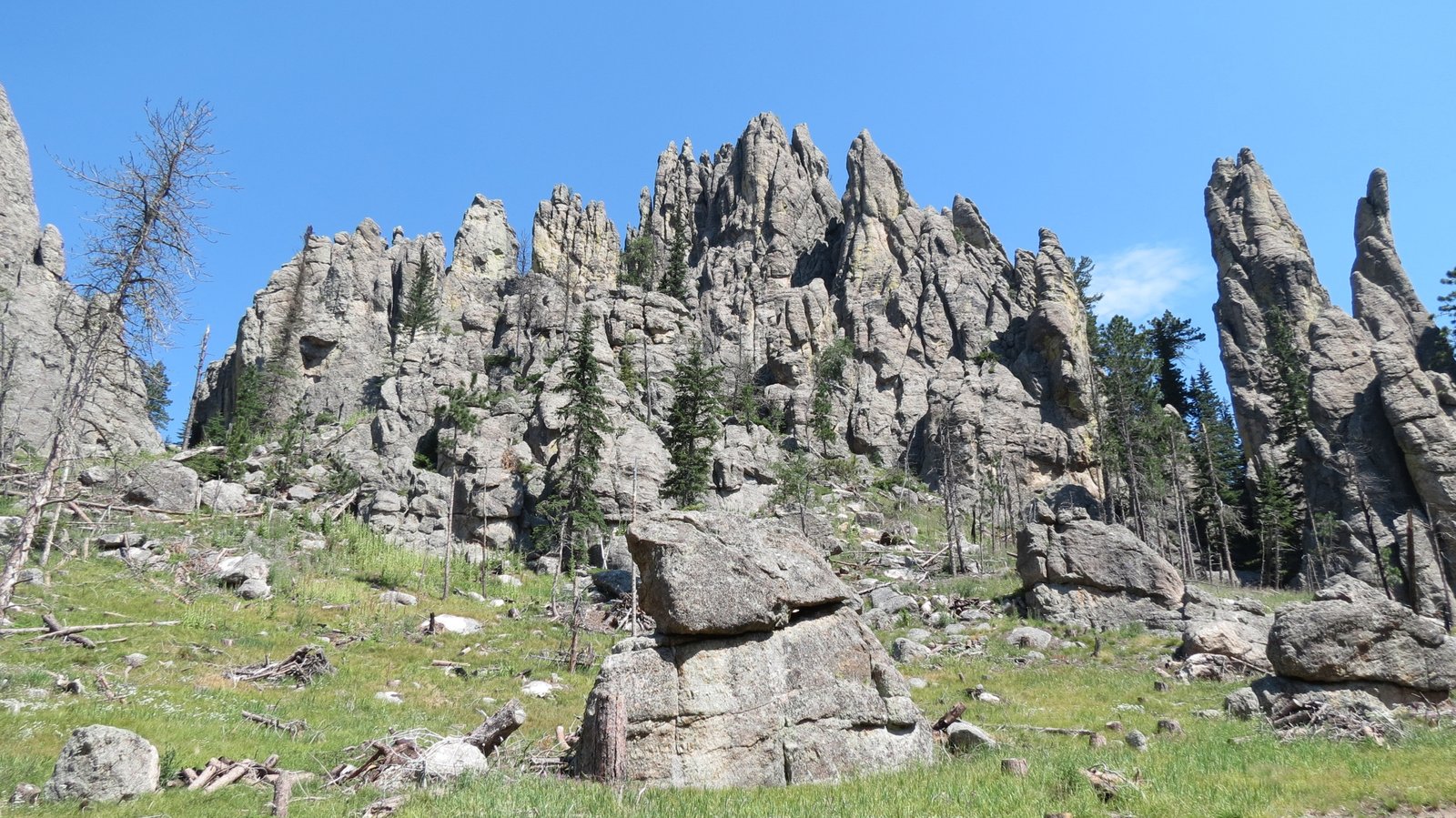
As the unclaimed compensation fund grows each year, the question remains: What will become of the Black Hills? Will there be a new agreement, or will the land remain in dispute forever? Some propose co-management or land returns, while others argue for different forms of justice. The hills themselves stand silent, bearing witness to each new chapter. The outcome will shape not only the future of the Lakota people but also the nation’s conscience. The Black Hills remain a monument built on broken treaties, a place where the battle for justice is still being written.



